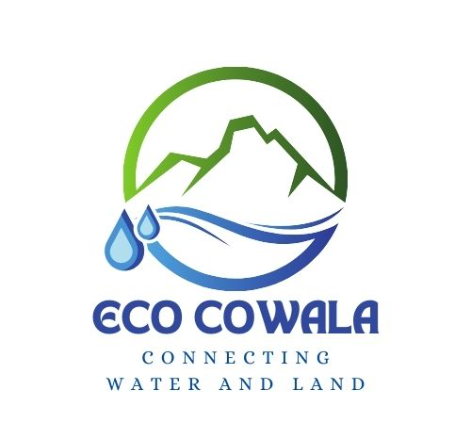 The morning’s programme included a walk along a path through land taken from the Eucalyptus monoculture, now owned by Pietro Domingues and the Cabeço Santo association.
The morning’s programme included a walk along a path through land taken from the Eucalyptus monoculture, now owned by Pietro Domingues and the Cabeço Santo association.
Guiding us along this path was Tiago Laranjo, a young master’s student in Biology at the University of Coimbra. Thanks to his knowledge in botany, he was able to frame the implications and problems that arise from having such large areas occupied by the cultivation of a single species, how the simplification of the landscape and ecosystems of the place makes it impossible to sustain a complex faunal community, in fact currently reduced to a very limited number of species, but also makes these environments more susceptible to traumatic and destructive events such as fires, specifically in these areas.
Tiago also explained how very often destructive events occur at the hands of man, giving explicit examples of direct and indirect interventions, which have turned out to be negative:
– Fires, often of an intentional nature, allow the consequences to be economically exploited in order to reduce the costs associated with an already negatively impacted production process.
– The introduction of alien species for biological control has proven to be another negatively impacting factor. In fact, without the appropriate studies and precautions, in fact, the introduction of new species into an ecosystem risks creating undesirable negative effects other than those expected.
Along the entire route, immersed in the few areas characterised by vegetation consistent with the landscape context, Tiago was able to contextualise the presence of the different allochthonous species encountered along the way, explaining how they interact with the native species, often dominating them and monopolising the landscape, simplifying its dynamics and making it susceptible to disturbance.
The journey made us even more aware of the benefits of having a stable and healthy ecosystem. One example that was evident among all was the temperature variation between fragments of the landscape characterised by eucalyptus or invasive species, where herbicides such as glyphosate are often used, where the soil is dry and almost desertified, the vegetation cover and thus shade are only partial, and the vertical structure of the vegetation is essentially absent. All this translates clearly into very high temperatures and minimal moisture retention, two fundamental ecosystem services provided by forests.
These services become apparent when passing through the midst of healthy forest fragments, which are able to absorb and mitigate the effects of the early-season heat, both in terms of environmental warming and water availability.
The afternoon activities took place on the property of Paulo Domingues, founder of the Cabeço Santo association, who acted as our guide, explaining the philosophy behind the project of which he is father and founder.
The visit to his property and his company, which deals with the organic cultivation of fruit trees, was fundamental and absolutely explanatory of his way of understanding the relationship between man and nature. His words along the way were a useful accompaniment to clarify the nuances of his work.
The design and structure of the property clearly reflects what can be seen sketched out in the fragments of landscape he acquired in the process of redevelopment. The alternation of grassland, woodland, river and biological cultivation environments, characterised by native species, generates an environmental heterogeneity that favours the coexistence of biodiversity at different ecosystem levels.
Paulo’s attention in favouring this is articulated not only in the choice of native plant species, but also in the choice of attractive species that favour the permanence and subsistence of different animal communities, in order to coexist and maintain each other, articulated in a complex, diversified and robust ecosystem.
The decision to integrate elements of diversification such as rows of vines between the different parcels of the property is a clear example of this, they act as an element of attractiveness for insect communities and as a place of shelter and sustenance for birds. In addition, we were shown artificial nests, introduced to attract and maintain bird biodiversity, providing multiple alternatives useful for enhancing the biodiversity of the area.
Another interesting element is the presence of beehives to ensure the presence of pollinators, which are fundamental for maintaining the reproductive balance of the plant community present.
On the way, Paulo explained to us the future prospects for growth and the major difficulties he faces on a daily basis.
It was phenomenal to see with what clarity Paulo understands that he will not be able to see the results of all his efforts within his lifetime, but that everything he is doing is dictated solely by his passion for nature and the knowledge that this is the only way forward to guarantee a future for his homeland, to which he is so attached.
Adamo Irma
Member of Natufriends Italy
- AFDBAB











